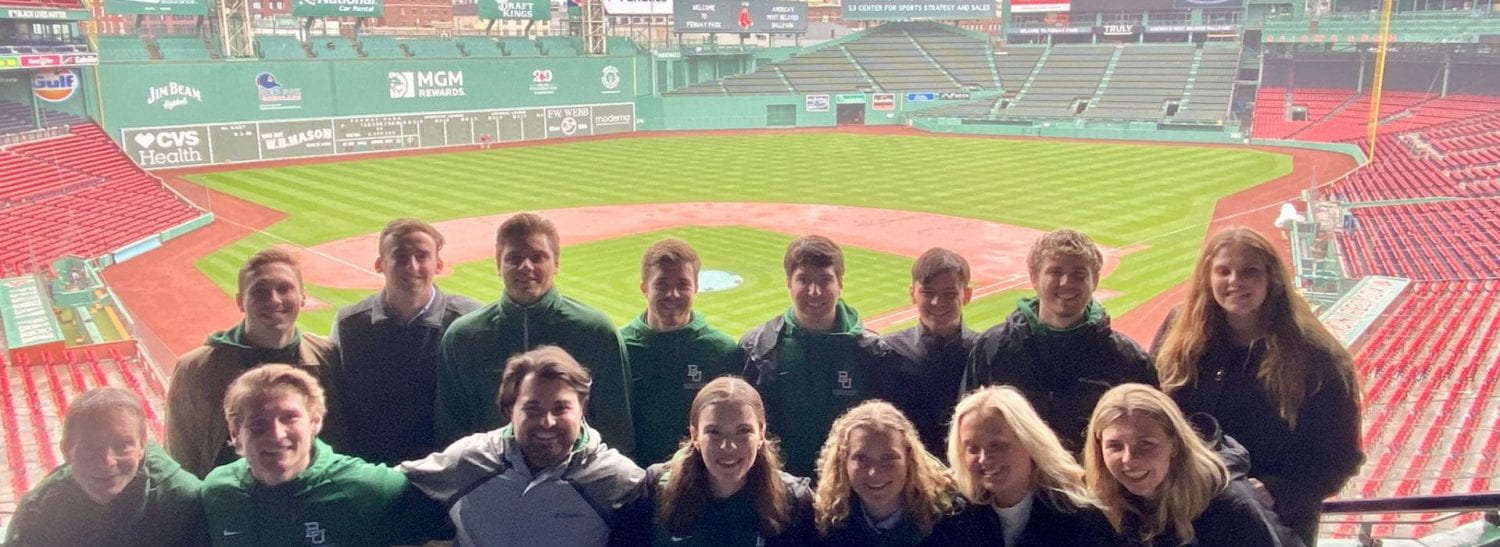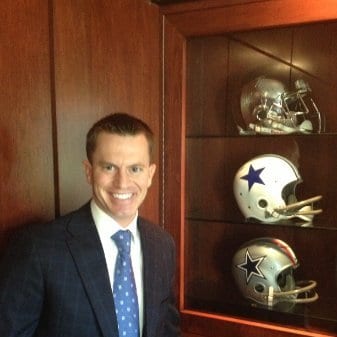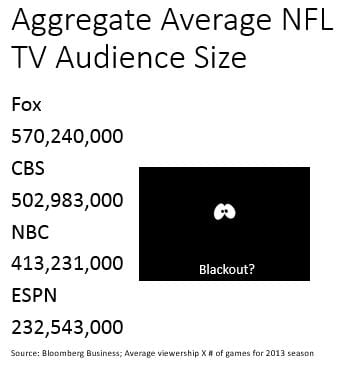
by Bryce Killingsworth – August 2015
[dropshadowbox align=”right” effect=”lifted-both” width=”350px” height=”” background_color=”#ffffff” border_width=”1″ border_color=”#dddddd” ]In true collaborative spirit, this article was co-authored by Bryce Killingsworth, Development Associate in the School of Arts & Sciences, & Shane Crawford, Senior AVP of Leadership Gifts at Oklahoma State University.
[/dropshadowbox]There’s a reason it’s cliche to say college athletics is the front porch of nearly every university — it’s true, especially for the power five conferences.
Game days are a special piece to the puzzle of donor and fan engagement, but only when utilized strategically. Athletic events overflow with thousands of students, faculty, alumni (young and old), and donors who identify as fans. You would be wise to take advantage of the opportunity. After all, it’s much easier to get a key donor on campus for a game rather than a campus visit in the middle of summer. Athletic teams brand the institution locally, nationally, and for some, even globally because of consistent viewings of logos, nicknames, and media attention a university receives. It is crucial that we, on the academic side of the university, utilize these attractive events to engage prospects. For the purpose of this article, we will focus on football games, as Boone Pickens Stadium is a big draw for donors to Oklahoma State University.
Strategy

There must be a strategy and purpose behind every engagement opportunity with a prospect — for development professionals in both athletics and academics. But first things first. Let’s not invite our top 100 donors simply because they are top donors. We need a specific strategy in place. Why are we inviting them? Is it a step within their stewardship plan? Are we cultivating them toward their next large gift? How are we bringing them closer to the University, the Dean, or relevant faculty members? The point is: have a purpose.
Purpose. At Oklahoma State, the academic units or colleges share suite tickets with a limited number of games and tickets per game for each college. With a limited ticket supply, we rely solely on strategic moves to move the donor down the continuum. Each college may have the respective Dean present or a key faculty member to connect with the invited donors. Be specific and purposeful about the interaction in order to maximize the experience for prospective donors:
- Has the donor been solicited within a few months of the event or are we planning to ask them soon?
- Are there high-capacity prospects that you have not met face to face?
- Are there donors whose relationship could be moved forward by meeting the Dean and returning to campus?
- Has a donor recently made a major gift and you need to thank them?
- Are there high-capacity donors who would not otherwise travel the distance to come back to campus?
Referrals. We also consider asking a key donor who is an advocate of our mission to invite a friend to the game in an effort to cultivate new relationships. Alternatively, we might ask donors with suites of their own to invite key prospects on our behalf. The objective is to use stadium and club level tickets to provide a chance for key supporters to sit with the Dean, Provost, or other key people.
You can develop other creative approaches. Let’s not get content on the money we raise, but think about the possibilities that could become reality if our strategy is meaningful. We can achieve so much more if we engage our donors, our most precious assets of the university, and strengthen those relationships.
Several Teams, Same Mission
Collaboration between academic and athletic development officers (DOs) is a necessity to maximize donor engagement and support. The majority of top university donors financially support both academics and athletics. Take into account the collective interests of each donor. If we embrace this concept, we show donors a united team that values their interests above our own.
Are you an academic DO? Embrace the fact that many donors are passionate about sports and want to ensure their university has a competitive athletics program. The more engaged donors are with an athletic program, the more engaged they will be with the university. For many donors, their initial support to their alma mater begins by first becoming involved as a season ticket holder.
Are you an athletic DO? Embrace the fact that the majority of alumni did not attend a university simply to go to athletic events, but rather to get a degree that led to their present-day success. If the athletic department is the front porch to a university, the various academic units are the foundation for the entire house. Universities do not exist for athletic programs. They exist to further educational pursuits. Successful athletic DOs will fully embrace and understand this concept.
Strategies must be inclusive rather than exclusive to maximize donor support. Academics and athletics should embrace what the other side brings to the table. Always put donor needs in the forefront with a collaborative spirit when developing strategies and solicitation plans. Do more joint calls. Think outside the box. Create an amazing donor experience. Celebrate when one side of the house receives a major gift. Recognize each gift further connects and commits donors to the university. Our individual donor strategies should never be mutually exclusive from one another.
The collaboration concept is simple in theory. But institutions struggle to create and maintain academic-athletics partnerships. Each party must assume positive intent to communicate and ultimately to trust. Reach out to your counterparts on a consistent basis to understand needs and objectives. The more educated we are about each area the better we can provide a better experience for donors. Communication is the key pillar. Communication takes time. Commit to spending this time to develop trust that results in better collaboration. We will not reach our full potential as fundraisers without embracing the roles each of us play in advancing a donor’s relationship with the university. We have more to gain by working together and more to lose if we do not have a collaborative spirit.
Next month we’ll continue with this topic and share stories of how to put the collaboration concept into practice.



















